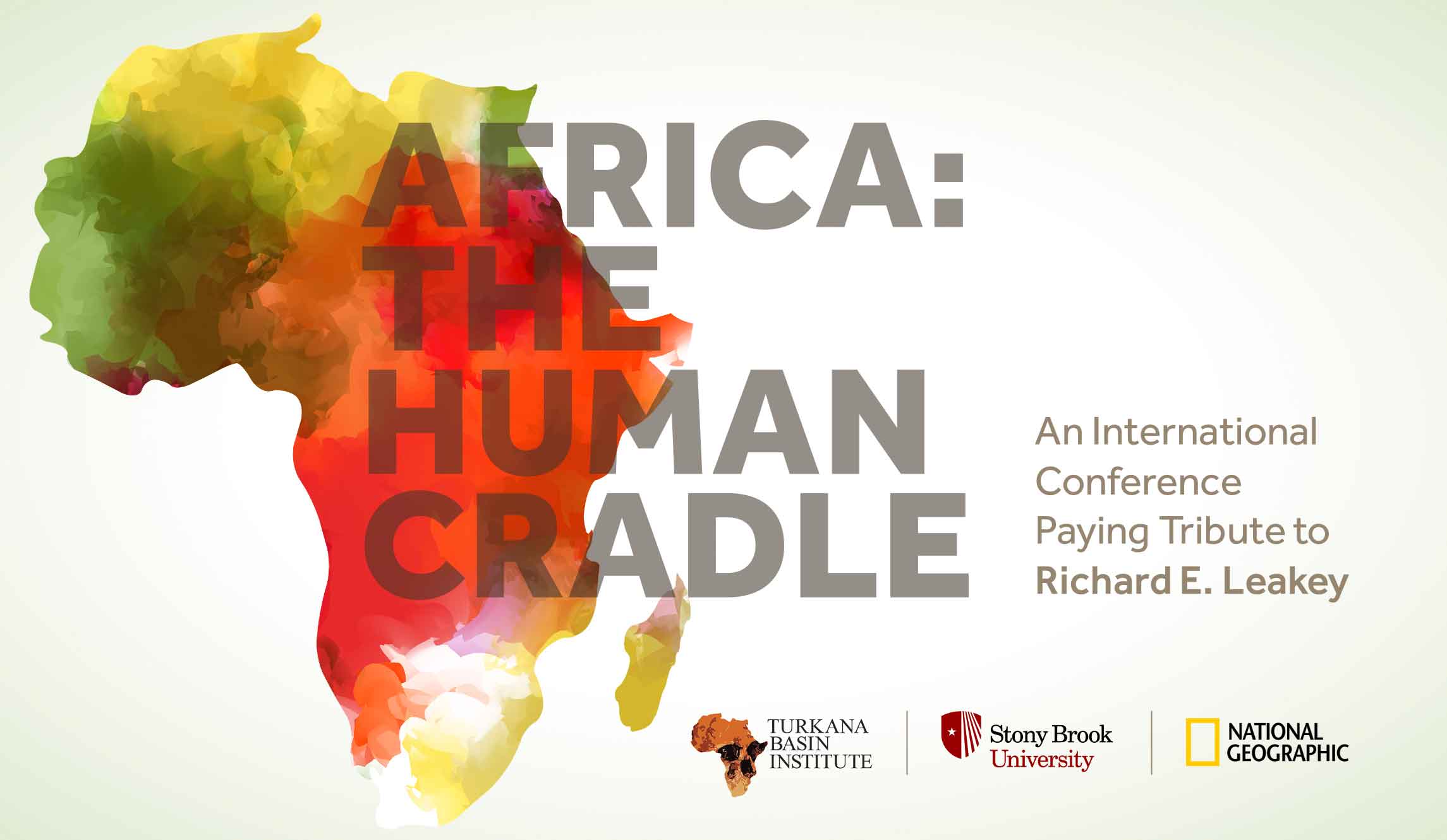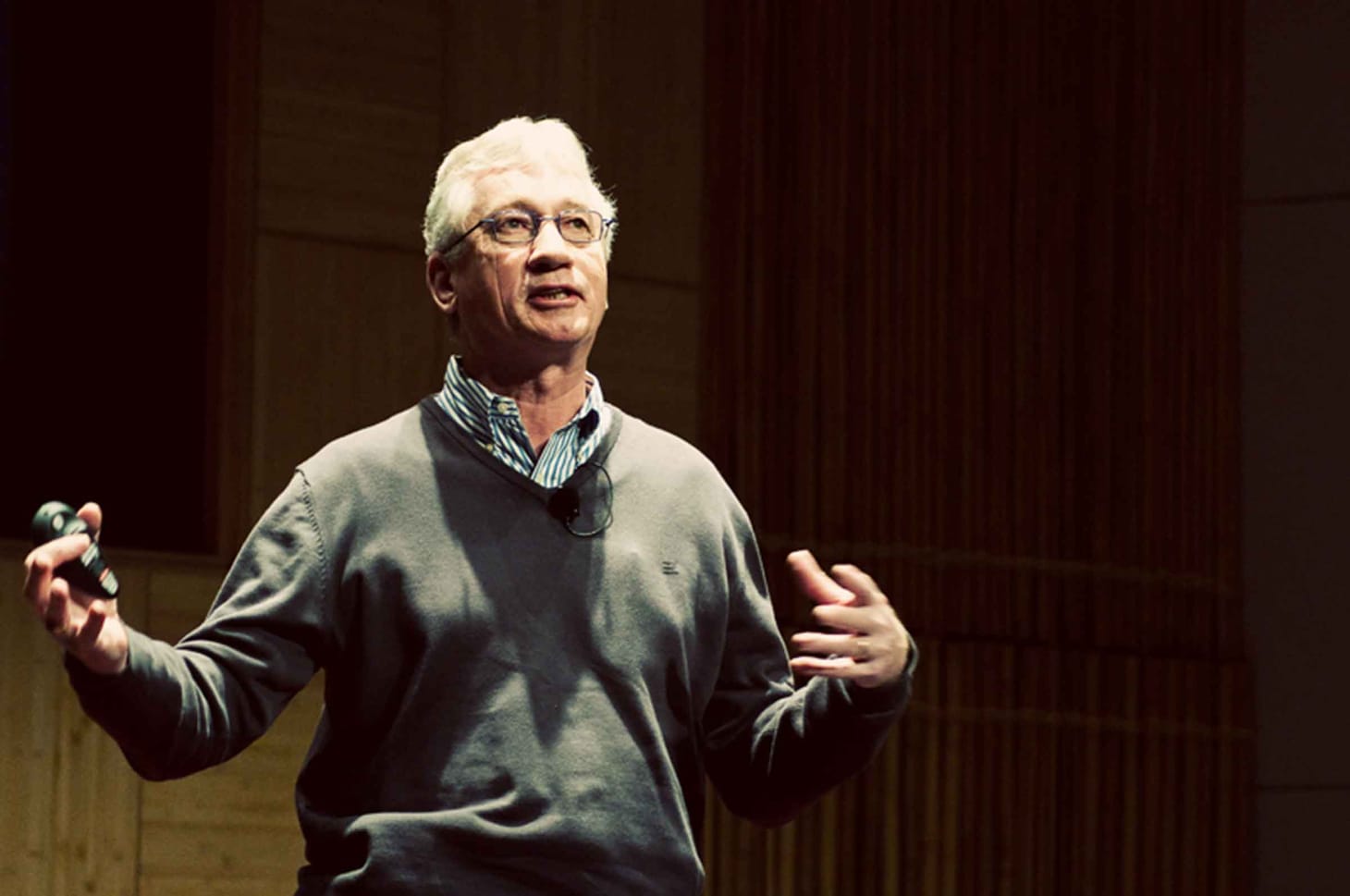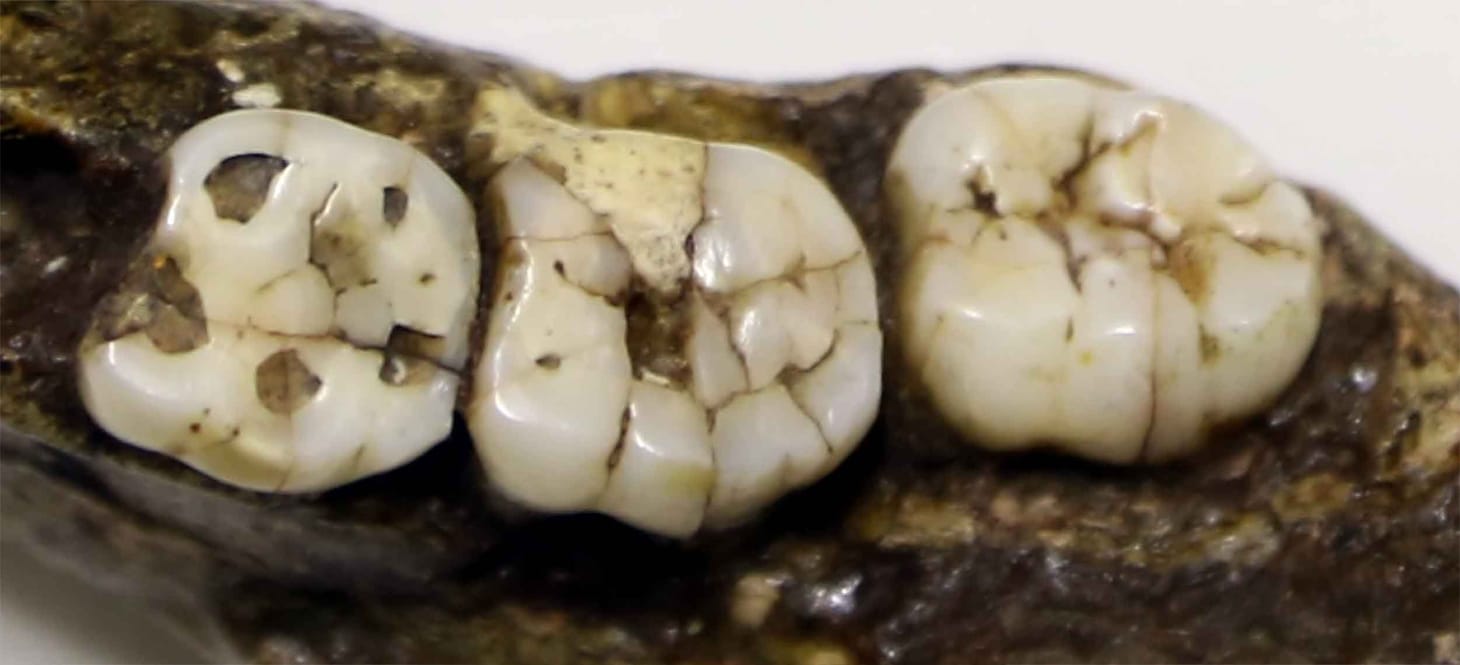Lecture: Opening new frontiers in human origins
At a memorial for Richard Leakey, I shared some ideas about where technology and new discoveries will take paleoanthropology over the next decade.

In June, I was honored to be invited to the Richard Leakey Memorial Conference, hosted by the Turkana Basin Institute at Stony Brook University. The organizers asked me to present some perspectives on where research on human evolution may be going during the next decade. It's a huge challenge to sketch out a field's future!
I chose to focus on several topics that connect research across Africa with other parts of the world. I emphasized how the nature of work has become more and more interdisciplinary, requiring collaborations that bring expertise across many kinds of scientific practice. Technological advances have fueled the last decade of discovery and will remain equally important in the years to come, especially as we continue to focus on biomarkers and microscale observations in ancient sites. One area of biology that has been growing in importance is the ontogeny of hominin species, and that area is set to make a big difference in the years to come. And of course, the last decade's advances in DNA analysis are shaping the way we think about ancient species and populations, with implications that mainstream paleoanthropology is still working to understand.
The most exciting progress, of course, cannot be predicted in advance because it will come from exploration for new sites and contexts. What we can do is fund exploration and encourage scientists to take risks in fieldwork. We can also set up incentives to enable fieldwork to be more quickly translated across disciplinary boundaries.
At the end of this talk, I turned to the crucial topic of sharing this science with humanity. The science of human origins is a study of our shared heritage, and our evidence comes from many parts of the world. The science must be open to everyone, in all places, to be a part of it. I've long advocated for the open distribution of data from the hominin fossil record and archaeological sites. Good science relies on including all the data. In our field, where fossil evidence is intrinsically rare, distributing all the data enables every study to have the most power possible to answer questions. As we rely more and more upon technology-enhanced methods of data collection, this is more and more important.
Repatriation of heritage is also central to building a science that is shared by all of humankind. In the past, scientists took heritage objects from the places where they were found and brought them to institutions in other countries, especially Europe and North America. Many important fossils still remain in these institutions. In some cases these institutions have defied decades of attempts by the countries of origin to repatriate hominin fossils. These fossils must not stay isolated from the heritage that remains within the nations where they originated. Returning control of heritage to all nations of origin is essential to the future of this science.
John Hawks Newsletter
Join the newsletter to receive the latest updates in your inbox.



